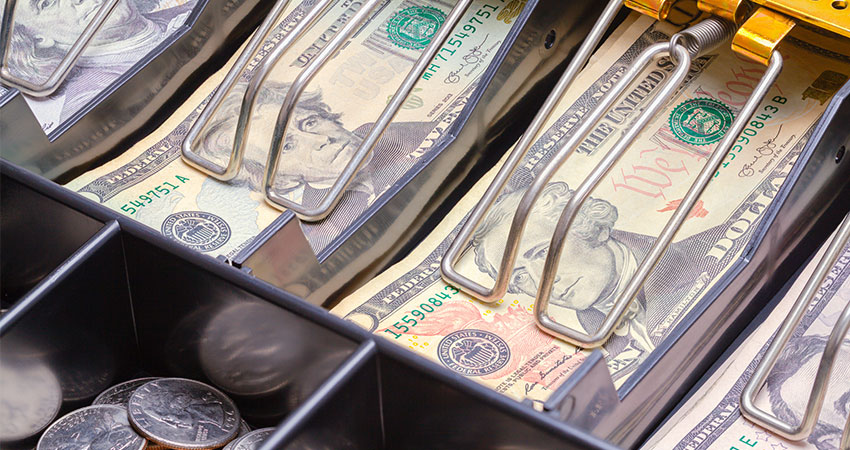Consumer confidence and fatter paychecks steamrolled right over stock market woes and a partial government shutdown, with overall peak holiday season sales excluding automobiles increasing 5.1% to $850 billion between Nov. 1 and Dec. 24, according to data from Mastercard SpendingPulse.
This was the strongest growth in six years, according to Mastercard’s data, which tracks online and store sales across all payment types.
“From shopping aisles to online carts, consumer confidence translated into holiday cheer for retail,” said Steve Sadove, senior advisor for Mastercard and former CEO and Chairman of Saks Inc. in a statement. “By combining the right inventory with the right mix of online versus in store, many retailers were able to give consumers what they wanted via the right shopping channels.”
Mastercard reported that ecommerce sales were up 19.1% between Nov. 1 and Dec. 24 compared to the same period in 2017. In its most recent report, Adobe Analytics reported $110.6 billion was spent online between Nov. 1 and Dec. 19, up 17.8% or $16.7 billion from 2017, making it the biggest online shopping period of all time in the U.S.
Apparel was a strong category during the peak holiday season, with sales increasing 7.9%, the highest rate since 2010, according to Mastercard. There was strong momentum from back-to-school that accelerated through the fall and into the Christmas rush. Also strong was home improvement, up 9%.
Reflecting overall pain in the malls, department stores saw a 1.3% percent decline from 2017 between Nov. 1 and Dec. 24, Mastercard reported, after two years of sub-2% growth. However, ecommerce sales for department stores was a bright spot, up a healthy 10.2%.
In other categories, electronics and appliances sales were down 0.7% during peak holiday season, while home furniture and furnishings grew 2.3%.

